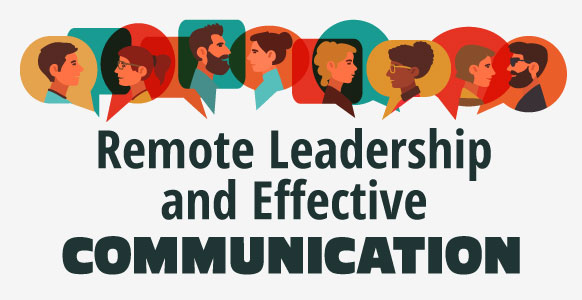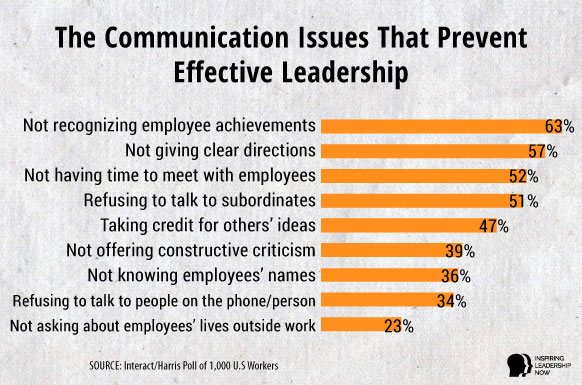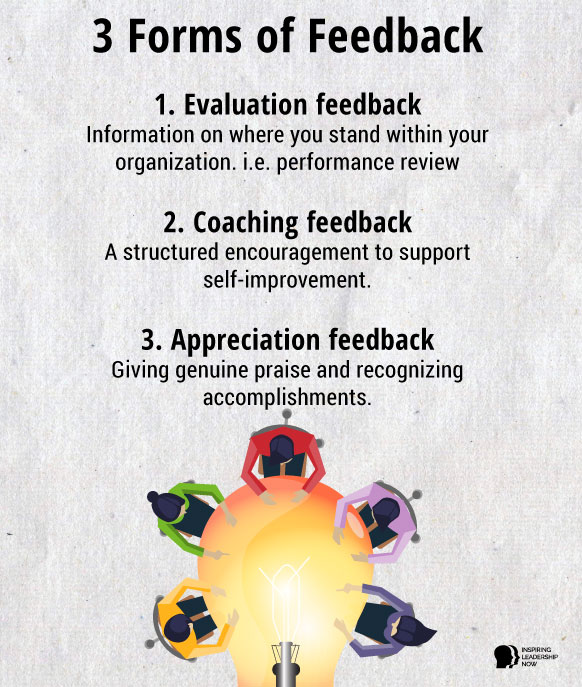Last updated: 22 February 2021

“Good communication is just as stimulating as black coffee, and just as hard to sleep after.” - Anne Morrow Lindbergh Share on X
“Good communication is just as stimulating as black coffee, and just as hard to sleep after.” - Anne Morrow LindberghClick To TweetIn lockdown situations, such as the COVID-19 pandemic, great swathes of the global workforce are now working from home. Perhaps you too have shifted from leading your team directly and personally to leading them remotely. In finding yourself in a position of remote leadership, effective communication becomes arguably the most important tool in your kit.To give your people support during crises and lead effectively while working remotely means knowing how to communicate with your team effectively.
With effective communication, you get to overcome the additional challenges that remote leadership brings with it.
What is Remote Leadership?
A good leader knows that leading isn’t about you – it is about those you are leading.
As a leader, you are playing the conductor role in the orchestra, not the part of the soloist.
Leading is helping your team meet the outcomes and objectives you collectively need to reach. It is about helping coworkers see and reach their goals, removing barriers with coaching and development.
This of course is leadership and remote leadership is all of this – and some!
When leading remotely, achieving all of the above is more challenging because your team isn’t in the same building.
You don’t get to see each other in the coffee room, or around the building, or even in the parking lot.
All of these little interactions count. A lot.
Why? Because it breaks down like this: 7% of our communication is words, 38% is voice tone and a whopping 55% is body language.
So, in a remote setting we potentially lose a big part of our communicative scope.
Remote leadership has to take this communication gap into account and go the extra distance to bring teams together.
What Are the Communication Challenges Presented by Remote Leadership?

Leading remotely means being a skilful leader with the added challenge of connecting with people you don’t interact with in the same ways as before.
Perhaps there are people you don’t know as well as a result. And maybe there are some amongst your team who may not feel as engaged with their work, or the outcomes that have been set.
The challenges faced by remote leadership is keeping your workforce engaged, making sure everyone has the information and resources that they need, ensuring that the team is safe, well-informed and productive.
All these with a totally different way of interacting and communicating.
Why is Effective Communication Important in Remote Leadership?
Effective communication is so important in remote leadership because of those stats on how you communicate.
In interpersonal communication, through body language alone (which makes up 55% of your communication), you as a leader can detect uneasiness or struggle in your team and offer support and security.
Or, if you notice one of your team is quietly celebrating an achievement you offer your engagement.
These kinds of communications build real connections. They build relationships. They develop trust and empathy. They are the communicative glue that helps hold you and your team together.
The loss of physical interaction in the remote setting is precisely why communication becomes so important in a remote setting. The way to bridge the gap and successfully lead a team remotely is through effective communication.
Take a look at the stats in the chart below, from The Top Complaints from Employees About their Leaders in the Harvard Business Review. This data looks specifically at the communication issues that impede effectual management:

You can see that the communication issues that most employees cite as most effecting their relationship with a leader are a lack of recognition, not having clear directions and not having time to talk. The reason this occurs is that sometimes leaders get so caught up in achieving that some essential connectivity gets overlooked.
According to Dr. Edward Hallowell, M.D. of Harvard Medical School, the two most powerful experiences in life are both achieving and connecting. Dr. Hallowell, says that ‘if we focus only on achieving, we’re not doing well at connecting. Connection is a mindset and an energy exchange between people who are paying attention to one another.‘
So, it is connecting with others – which we do via our communications and paying attention – that really makes the difference to remote leadership (or any leadership).
How Can you Create Proactive and Open Communication to Help your People Thrive While Working Remotely?
First up, it is worth knowing that there are 3 types of distance in remote collaboration. According to Dhawan and Chamorro-Premuzic in the HBR these are:
- Physical distance – place and time
- Operational distance – team size, bandwidth and skill levels
- Affinity distance – trust, values and cooperation
Even though remote working brings the extra challenge of physical distance they suggest that the most effective way for leaders to drive team performance is by focussing on and reducing affinity distance.
Which, simply put, means building up trust, aligning and establishing common values, and creating healthy interdependency between all team members (leader included).
So how do this?
Here are the ILN top tips on how to leverage the strengths of your team and communicate effectively in a remote setting:
1. Communicate Clearly, Simply, Frequently

Ok first off, clear and simple doesn’t mean brief.
To save time and keep things seemingly efficient communications can become cut down to your shorthand, using fewer words.
Such brevity, say Dhawan and Chamorro-Premuzic, leads to miscommunications and time wasted by trying to interpret the intended message.
So, be ultra-clear.
They say you can never be too clear, no matter what the medium. Keep your comms clear and simple.
Add to this a degree of repetition – why? Because the employee’s appetite for trusted information during a crisis becomes higher.
According to Ana Mendy, Mary Lass and Kate VanAkin in A Leaders Guide: Communicating with Teams, Stakeholders and Communities during COVID-19, a recent study shows that 63% of employees asked for daily updates and 20% wanted communications several times each day.
Which means daily comms are vital to inform and reassure your team.
Bear in mind that following up on tasks via text and email and phone and asking “did you get my last message” doesn’t qualify as supportive repeats of communication.
In fact, bombarding your colleagues with multiple messages is counterproductive.
It is a form of digital dominance. “Choose your digital volume wisely” say Dhawan and Chamorro-Premuzic.
2. Give Your Team What They Need, When They Need It
Your colleagues’ information needs will change in a crisis, so it’s your role to adapt your messaging accordingly.
Simple, clear communications are a great start. Consider also how and when you are delivering it:
“Different forms of information can help listeners to stay safe, cope mentally, and connect to a deeper sense of purpose and stability” say Mendy, Lass and VanAkin.
Visual messaging using diagrams are a great example and are super effective.
Diagrams are designed to make complex information simple and easy to digest, writes Alice Corner in an article.
Did you notice how easy it was to read the chart showing the HBR ‘s Communication Issues that Prevent Effective Leadership (above)?
Had that research data been presented as a bunch of numbers or raw data, different story!
Diagrams and visuals are easy to assimilate and therefore will communicate a vast amount of info and retain a high level of engagement.
These materials can also be used as subsequent training aids for newcomers to your workforce, so you get the bonus of a timer-saver in the deal!
Your role in effective communication in remote leadership to work out strategies to compensate for a lack of interpersonal connection.
To reduce resulting gaps in trust, values and team-playing, try switching most remote communication to regular video calls say Dhawan and Chamorro-Premuzic.
They are a much more efficient mode of communication in establishing rapport and creating understanding than a voice call or email (where a lot can get lost in translation).
To further build affinity, build community.
Your team needs you, and they need to know they are a valued part of your team. Why not create a weekly virtual breakfast, or a video conference end of week celebration, and perhaps a virtual tour of each other’s workspaces?
Hold regular virtual team-building rituals.
Building frequent and video-based, real-time interactions allows your team to experience a collaboration of skills in action as well as cementing trust and developing rapport.
3. Celebrate the Positives (Feedback)
Feedback has 3 distinct forms, write Douglas Stone and Sheila Heen in their book Thanks for the Feedback? These are evaluation, coaching and appreciation.

Expressing appreciation is what leaders can easily overlook and is the number one issue that prevents effective leadership, according to HBR research (that chart, above!). Make time to communicate praise and celebrate accolades – communicate appreciatively. Small and personal recognitions and individual “thank yous” count – it doesn’t take a marching band and a ticker-tape parade (you can save that for after lockdown) to communicate your positive feedback and gratitude.
Keep the tone of your communication positive even when delivering constructive criticism and instruction.
People pay more attention to positively framed information, so focus on the “do’s” and not the “don’ts.” For example, frame your info’ by looking at best practices and benefits rather than worst cases and negatives.
>> Related Article: How To Give Constructive Feedback At Work: A 5-Step Guide On Mastering The Tricky Art Of Feedback
4. Empathy
Empathy is a powerful communicative tool; it builds trust and rapport – the essential building blocks to effective communication and successful leadership.
Chip Bell in Does Your Front Line Show Empathy? writes:
“Empathy is identification, an expression of kinship that nurtures connection and bolsters confidence.”
Empathy is the ability to identify with the thoughts, feelings of experiences of another. So, to listen with empathy is to demonstrate a genuine understanding of whom you are listening.
This in turn opens trust and communication, it builds value and confidence. It goes without saying then that it pays to listen and share concerns with employees (even if you do have an expert game face).
In Six Ways Effective Listening Can Make You a Better Leader Glenn Llopis says that:
“If you are an old-school leader, don’t be afraid to express sentiment or feel that it will weaken your stature or authority as a leader… As leaders, we must balance our intensity and desire to perform with compassionate attention to our employees’ needs.”
5. Demonstrate Honesty and Transparency

Transparency builds trust. And leaders supporting employees during a crisis need a reservoir of trust.
People expect honest and relevant information.
When your team or your stakeholders suppose they are being misled, or that risks are being downplayed, they will lose confidence and you will lose their trust.
Mendy, Lass and VanAkin write: “What you do matters as much as what you say in building trust, and scrutiny of leaders’ actions is magnified during a crisis.”
So, to build trust, demonstrate your honesty and transparency.
Focus on facts and differentiate clearly between what is and what is not known – don’t be drawn to speculate or minimize!
When you aren’t able to communicate with certainty, avoid giving hard and fast estimates.
For example, instead of saying “there’s a 70% chance we’ll be back to normal by March”, be honest that you are sharing an opinion with an acknowledgment of uncertainty.
Instead, you might say “it’s my hope that we will return to normality, or something very close to it, in the spring. However, at this point, it’s far from certain. We’ll continue doing our best and following official guidelines when making decisions for the business.” When delivering information be honest and don’t sugar coat the facts.
Acknowledging your fallibility and being transparent builds not only conviction but also boosts confidence.
Research shows that communicators believed to have good intentions are more likely to be trusted, despite the actual outcome, say Mendy, Lass and VanAkin. To increase your transparency, offer your team a behind-the-scenes view of options you are looking at for example.
Additionally, be real, and demonstrate vulnerability.
Mindfully share your own feelings and acknowledge the personal effects of the current turmoil. Research shows that by sharing authentic feelings about the impact of changes on employees can help to build assurance, which in turn supports communication and rapport.
Key Takeaways
In a remote leadership position, you don’t have the advantage of physical interactions with your team, both incidental and planned, as a result of being in pretty much daily contact with each other.
Your challenge is to make up for this by creating effective communication to cement lasting and productive relationships that would normally stem from interpersonal interactions.
Kevin Eikenberry in What It Means to Lead Remotely says that remote leadership is a big responsibility. It is an opportunity that comes down to action. By communicating clearly, simply, frequently, being on hand (albeit virtually) to give your team what they need (when they need it) and celebrating the positives is stepping up to this call to action.
Leading with empathy, demonstrating your honesty and transparency every step of the way means that you get to play your part in this opportunity.
By making effective communication fundamental to your remote leadership style will support your team to thrive during any crisis.


